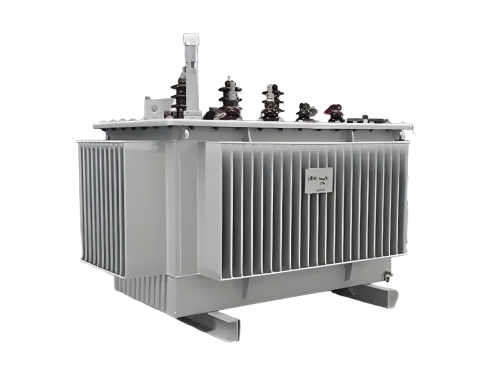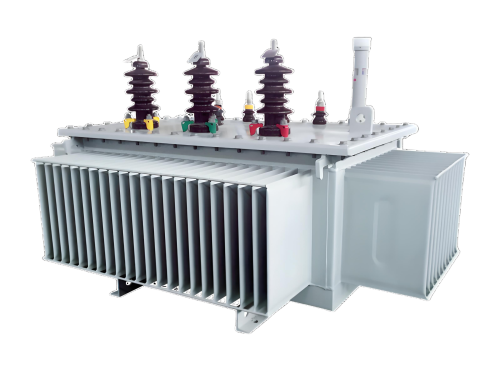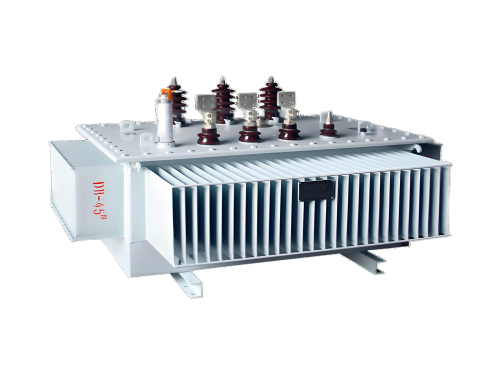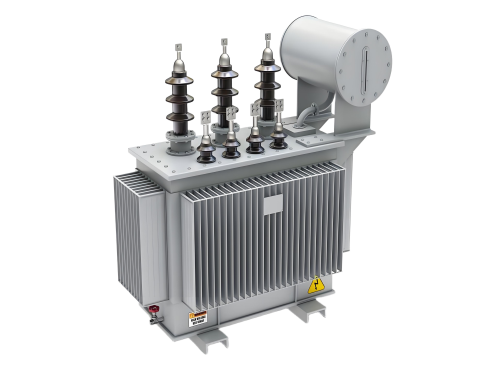
Inquiry

Project Review

Machining

Quality Control

Pass/Fail

Delivery
Core Parameters and Analysis of Amorphous Alloy Transformers
Core Parameters and Analysis of Amorphous Alloy Transformers
I. No-Load Loss: Significant Energy-Saving Advantage
Parameter Range:
The no-load loss of a 30kVA model can be as low as 33W (e.g., SH15-M-30/10).
The no-load loss of a 2500kVA model reaches 900W (e.g., SH15-2500/10).
Energy-Saving Performance:
Compared to traditional S9 silicon steel transformers, no-load loss is reduced by 70%-80%.
Compared to S11 models, it decreases by 65%, and by 57% versus S13 models.
Analysis:
Amorphous alloy materials lack a crystalline structure, resulting in low magnetization power, high electrical resistivity, and minimal eddy current losses. Consequently, no-load losses are significantly lower than those of traditional transformers. This makes amorphous alloy transformers particularly effective in light-load or no-load scenarios, such as rural power distribution, street lighting, and nighttime industrial operations.


II. Load Loss: Proportional to Capacity
Parameter Range:
The load loss of a 30kVA model is 600W.
The load loss of a 2500kVA model reaches 21,200W.
Analysis:
Load losses increase significantly with capacity, but amorphous alloy transformers exhibit load losses comparable to those of traditional silicon steel transformers. Their energy-saving advantage primarily stems from reduced no-load losses. Therefore, in high-load-factor scenarios (e.g., continuous industrial production), a balanced assessment of no-load and load losses is essential.
III. No-Load Current: Low Values Reduce Reactive Power Compensation Costs
Parameter Range:
The no-load current of a 30kVA model is 1.7%.
The no-load current of a 2500kVA model drops to 0.2%.
Analysis:
Low no-load current indicates minimal reactive power consumption during idle operation, reducing the required capacity and investment in reactive power compensation equipment. This is particularly advantageous for power grids with stringent power factor requirements.
IV. Short-Circuit Impedance: Balancing Short-Circuit Withstand and Voltage Stability
Parameter Range:
Most models have a short-circuit impedance of 4%.
Some high-capacity models (e.g., SH15-630/10) exhibit a short-circuit impedance of 6%.
Analysis:
Higher short-circuit impedance enhances the transformer's ability to withstand short-circuit currents but also increases voltage fluctuations. Amorphous alloy transformers optimize winding structure and core design to maintain low short-circuit impedance while ensuring robust short-circuit performance, balancing operational stability and safety.
V. Connection Group Symbol: Dyn11 Dominates
Parameter Range:
Mainstream models adopt the Dyn11 connection group (e.g., SH15 series, SCBH15 series).
Analysis:
The Dyn11 configuration effectively suppresses third-harmonic distortion, improving power quality and reducing harmonic pollution to the grid. Additionally, the delta-connected (D) high-voltage side facilitates the clearance of single-phase grounding faults, enhancing supply reliability.
VI. Rated Capacity and Voltage: Covering Medium- and Low-Voltage Distribution Needs
Parameter Range:
Rated Capacity: 30kVA to 2500kVA.
Voltage Classes: 10kV, 20kV, and 35kV (dry-type transformers cover 6kV to 35kV).
Analysis:
Amorphous alloy transformers offer a wide capacity range, meeting demands from rural power distribution to urban medium-voltage grids. The 10kV voltage class is the most widely used, suitable for most medium- and low-voltage distribution applications.


VII. Cooling Method and Protection Class: Adapting to Diverse
Environments
Cooling Methods:
Oil-Immersed: Natural cooling (ONAN), suitable for outdoor installations.
Dry-Type: Forced air cooling (AF) or natural cooling (AN), ideal for indoor use or fire-sensitive applications.
Protection Class:
Dry-type transformers achieve an IP54 protection rating (dust- and water-resistant), enabling operation in harsh environments.
Analysis:
Oil-immersed transformers offer superior heat dissipation but require regular maintenance. Dry-type transformers are maintenance-free and fire-resistant but come at a higher cost. Users should select the appropriate type based on installation environment, maintenance budget, and safety requirements.
VIII. Energy Efficiency Class: Tier 1 Becomes Standard
Parameter Range:
Most amorphous alloy transformers meet Tier 1 energy efficiency standards (e.g., SCBH19-1600/10 with a no-load loss of 530W and load loss of 10,555W).
Analysis:
Tier 1 energy efficiency transformers comply with national energy conservation policies, delivering substantial long-term reductions in electricity costs. For users with high annual load factors, selecting Tier 1 models shortens the payback period on investment.

The main products include oil immersed transformers, dry-type transformers, power transformers, amorphous alloy transformers, mining transformers, box type substations, high and low voltage switchgear and supporting products
Add: South Head of Mount Huangshan Road, Liaocheng Development Zone, Shandong, China
Email:sdbyqcj@163.com
Tel: +86 13706354419